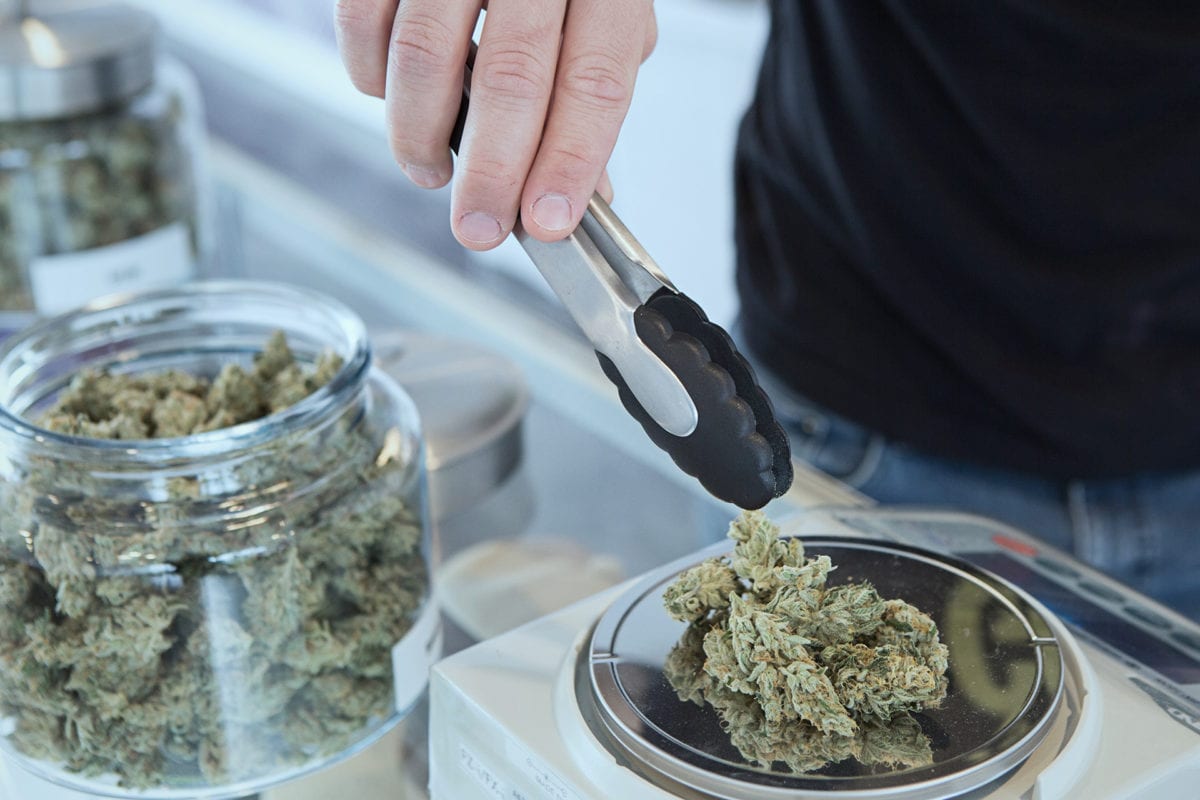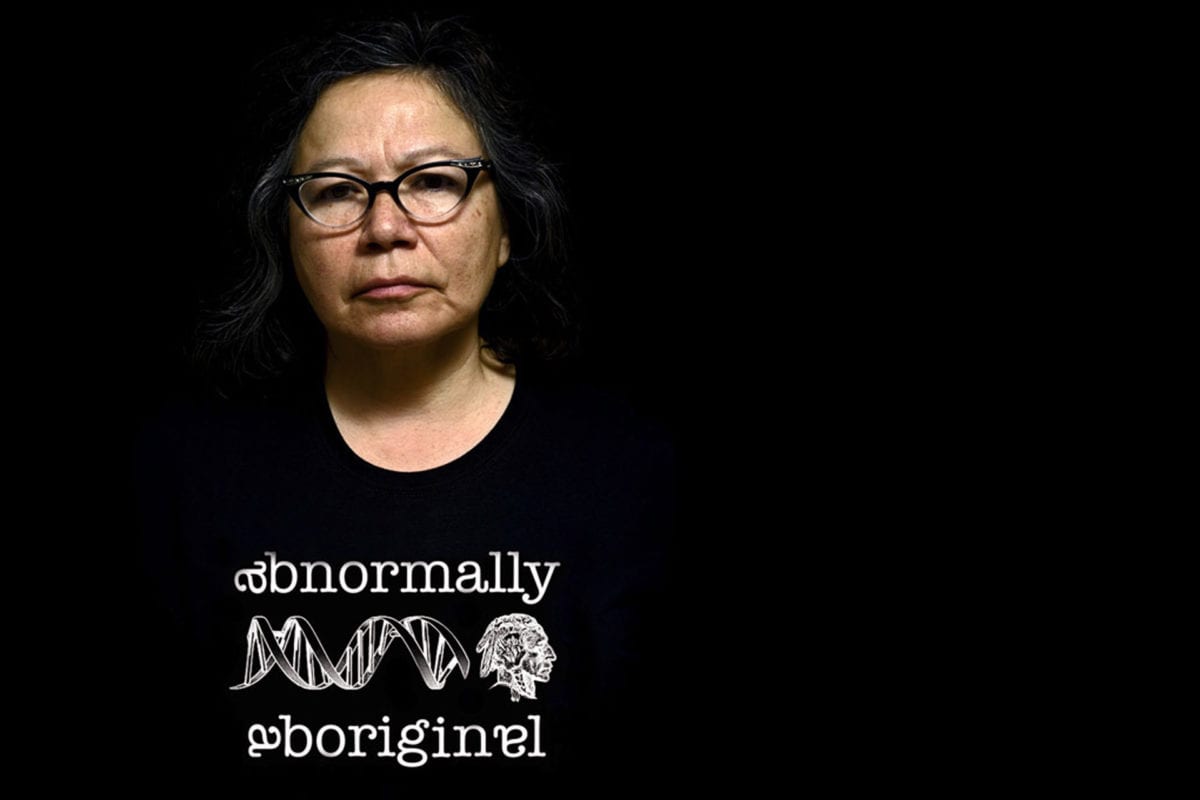As of October 17, 2018, recreational use of cannabis will be legal in Canada, apart from minor regulations similar to laws governing alcohol consumption. With these changes comes numerous questions and concerns: Where will it be sold? How will it be restricted? How will legalization effect local economies? The answers to some of these questions will vary provincially, but it’s important to have a basic understanding of how the drug fits into our society already.
First, no discussion of the business of pot would be complete without first acknowledging that the communities who pioneered the industry have been, and continue to be, penalized for doing so, while more privileged groups (provincial governments, for example) gentrify the business for their own benefit. As in the United States, cannabis criminalization has targeted Canada’s most vulnerable populations.
Despite similarities in usage across all communities, black, Indigenous, and low-income communities are subject to heavier police surveillance, leading to higher arrest and incarceration rates for the use of pot compared to higher income and/or non-racialized groups. A common concern surrounding legalization is whether individuals imprisoned for cannabis-related crimes will be released and have their records expunged. This past decade in Toronto alone, approximately 27,000 people were arrested for cannabis possession, again, with minority groups overrepresented. Many argue that these disparities are cause to grant amnesty to those punished for pot-related crimes, especially considering wealthy and white Canadians are poised to profit from an industry largely forged by marginalized people. This isn’t just an ethical issue; economically, cannabis-related arrests cost upwards of $1 billion dollars annually in taxpayer dollars. Legalization will bring these costs down dramatically, while simultaneously bringing relief to those targeted by drug laws.
In Canada, each province has been delegated the task of creating restrictions and regulations regarding legal cannabis. The economic sections are: possession and cultivation, supply and retail distribution, and economic impact. The following is a breakdown of how Ontario, the country’s largest province, plans to tackle these subsections:
Possession and cultivation: Similar to alcohol, the legal age is 19 and up. Youth can be fined up to $200 for possession. Up to four plants are permitted per household, but growing and using the product is subject to landlord restrictions.
Supply and retail distribution: Ontario’s new Conservative government has scrapped previous plans to establish government-run brick-and-mortar retail stores to sell cannabis when it becomes legal in October. For the time being, it will only be sold legally online, with privately-owned storefronts tentatively slated to open in 2019.
Economic impact: Startup costs are valued at around $40 million for the first year, whereas tax revenue is estimated to be around $30 million. Retail sales, though, are expected to bring in upwards of $2 billion in profits annually.
Despite each province having the responsibility of creating policies surrounding legalization, there are few disparities between them. Most provinces have set their legal age of consumption to 19 and older, with the exception of Quebec and Alberta, where it will be 18 and up. Provinces that are allowing private cultivation will abide by the four-plant limit; Manitoba, Quebec, and Nunavut will not permit individuals to grow their own pot. Storefronts will be either owned privately or by the government in every province, and online sales will also be permitted.
In the US, the state of Colorado legalized cannabis in November of 2012 and has since seen vast economic growth through profits, taxation, and employment opportunities. The tax revenues go towards production, health education, treatment programs, and even public schools. Colorado allows the sale of cannabis at privately-owned businesses, whereas Canada will sell the majority of its products in government-owned facilities (similar to alcohol sales). Colorado’s legal sales have managed to outstrip the black market, with only 20% of customers purchasing their product illegally. Whether Canada will manage to drown out black market sales will depend mostly on taxation and convenience; in Washington, DC, for example, the black-market counts for approximately half of all cannabis sales despite legalization because taxation drives the legal price so high.
Canada has an opportunity to boost its economy while also ensuring that cannabis use remains safe and out of the hands of children and ceases to be a cause for the mass incarceration of marginalized groups; whether or not the predictions of billions in profit will become reality remains to be seen.
Jasmine Cormier | Assistant Writer




















